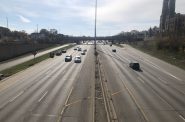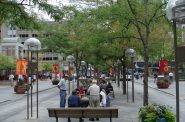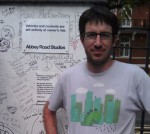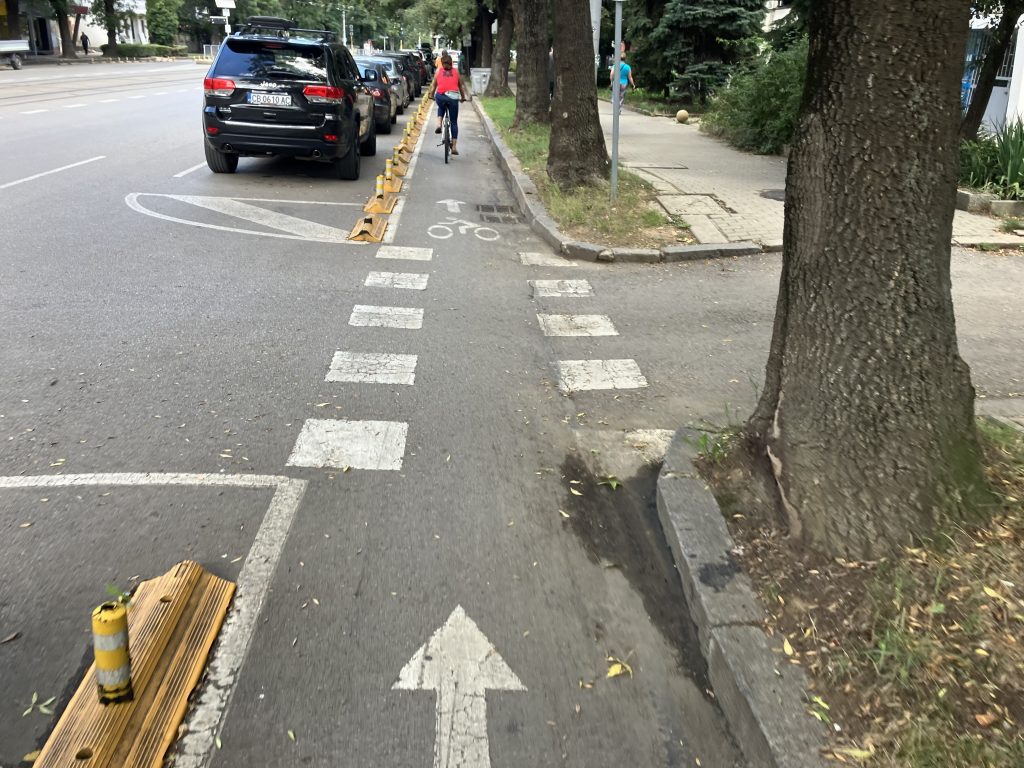The Big Green Benefits of Protected Bike Lane Networks
All the city news you can use.
Every day at The Overhead Wire we sort through over 1,500 news items about cities and share the best ones with our email list. At the end of the week, we take some of the most popular stories and share them with Urban Milwaukee readers. They are national (or international) links, sometimes entertaining and sometimes absurd, but hopefully useful.
Mapping America’s activity centers in metro areas: A new report from the Brookings Institute tries to pinpoint activity centers in 110 metropolitan areas by mapping the locations of five categories of assets; community, tourism, consumption, institutional, and economic. They found that 40% of private sector jobs are located in activity centers which take up just 3% of land and denser concentrations of jobs mean greater metro productivity. (Tracey Hadden Loh, DW Rowlands, Adie Tomer, Joseph W. Kane, Jennifer S. Vey | Brookings)
Big climate impacts of protected bike lanes: ITDP released new research last week showing the climate benefits of protected bike lanes in low and middle income cities. In Bogota Columbia, new protected bike lanes reduced emissions annually by 22,000 tons while in Guongzhou China it was 16,000. Considering the low cost of bike lanes the report says, there’s a huge environmental benefit to their adoption. ITDP also created a calculator tool for other cities looking to see potential benefits. (ITDP)
The importance of time in planning: This week is Time Use Week in Barcelona and is hoping to inspire residents and cities to better use their time. The city will release reports called ‘The dossiers of Time’ to promote best practices including the idea that car free streets can allow parents to save time by allowing children to walk to school without them. The City of Barcelona has always been a leader on time, creating agreements and regulations that put time at the forefront of policy. (Marta Buces | Eurocities)
A more nimble way to counter climate change: Forty six percent of Americans have said they have felt the effects of climate change with Black and brown neighborhoods hit the hardest. And while top down investments and policies are helpful, bottom up local solutions are also needed to counter climate denial and help those in need. Organizations like Groundwork help create local efforts like planting of microforests and building rain gardens to help communities become more resilient. (Emma Marris | The Atlantic)
Quote of the Week
The biggest benefit to citizens has been the reduction in air and noise pollution. For a city with a population of more than 20 million, the roads are remarkably quiet. The same benefits apply to SZBG staff, too…With diesel vehicles, the working environment is dirtier because of the nature of the fuel. Since transitioning to electric, we’ve been able to transform a lot of taxi depots into multi-storey, multi-functional spaces, incorporating canteens, restaurants, cafes, gyms, health centres and even office space that can be leased out. It has introduced an entirely new business model for the city to take advantage of.
–Hallie Liao, deputy general manager of Shenzhen Bus Group in Smart Cities World explaining the benefits of electrifying their whole transit and taxi fleet.
This week on the podcast, Max Holleran talks about his book, “Yes to the City: Millennials and the Fight for Affordable Housing,” about the rise of YIMBY vs. NIMBY housing politics, the changes in housing activism, and how housing fights are going global.
Want more links to read? Visit The Overhead Wire and signup.
Urban Reads
-
How Traffic Noise Impacts Children’s Brains
 Jul 1st, 2024 by Jeff Wood
Jul 1st, 2024 by Jeff Wood
-
Number of Super Commuters is Rising
 Jun 22nd, 2024 by Jeff Wood
Jun 22nd, 2024 by Jeff Wood
-
Why Has the Walkable City Been Villainized?
 Jun 9th, 2024 by Jeff Wood
Jun 9th, 2024 by Jeff Wood





















